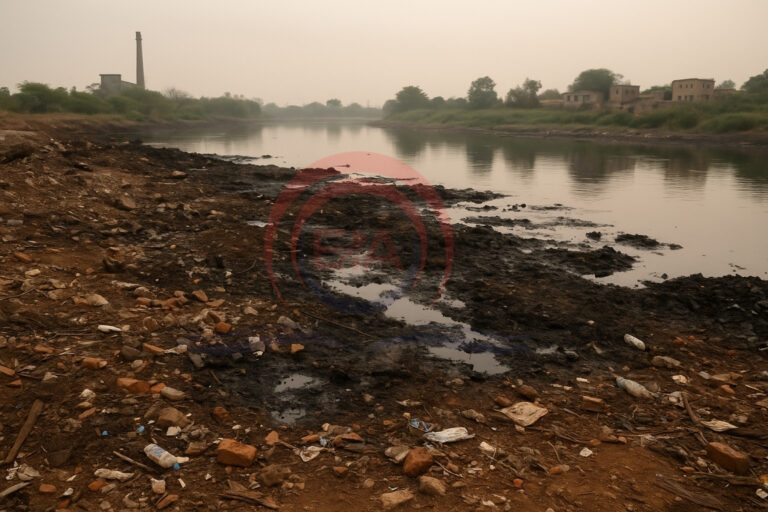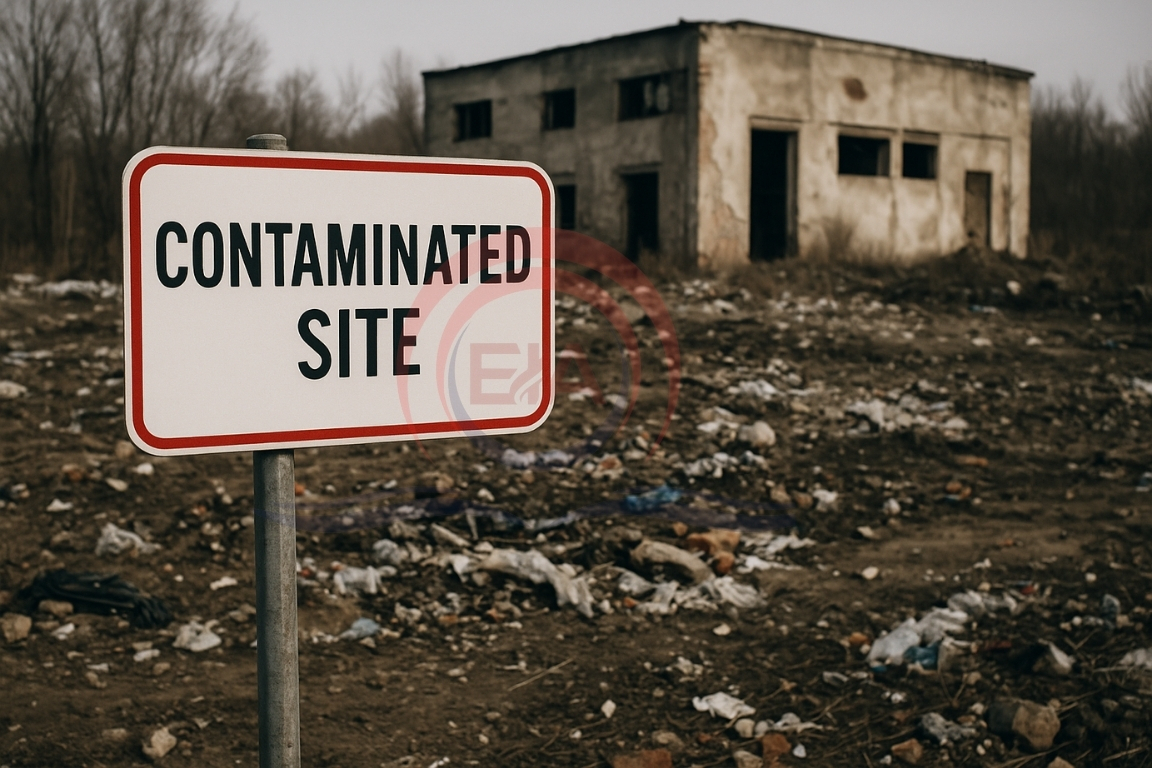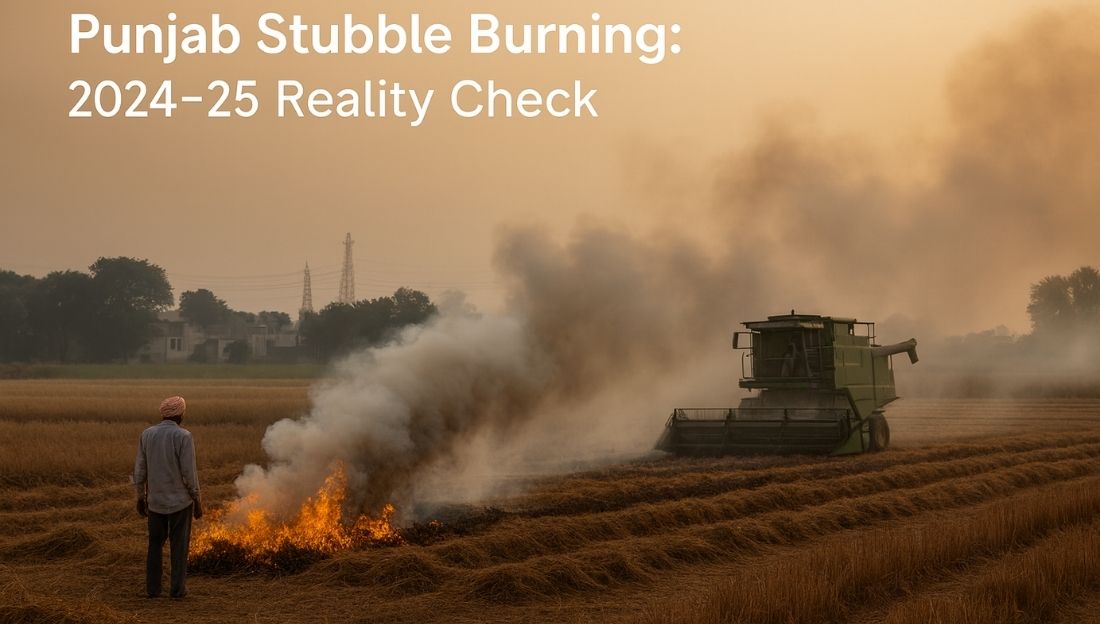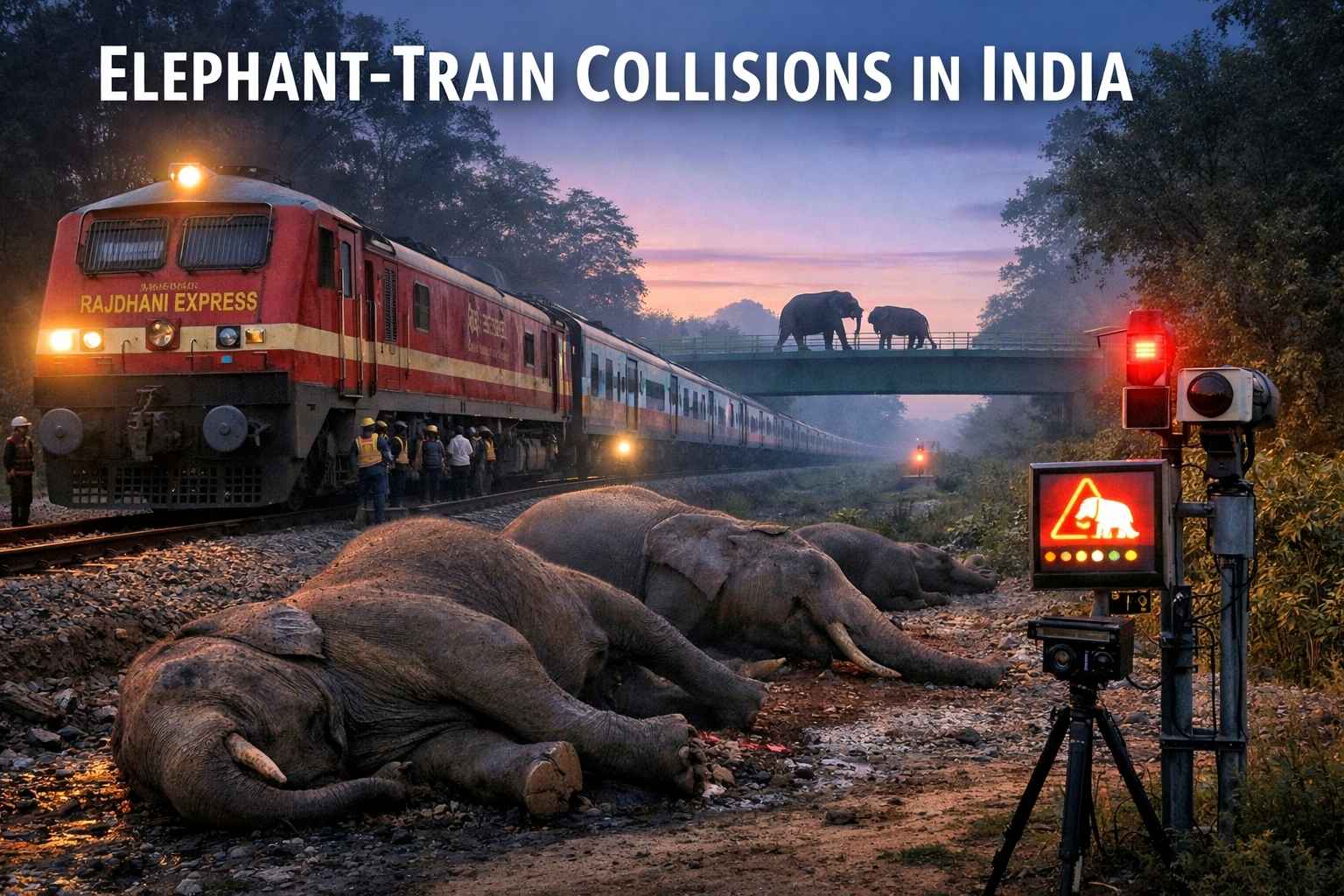The Environment Ministry has issued new rules under the Environment Protection Act to manage sites contaminated by chemicals. This is the first legal framework in India to systematically identify, assess, and clean such sites, which were previously dealt with in an ad-hoc manner.
What are Contaminated Sites?
- Definition (CPCB): Locations where hazardous and other wastes were dumped in the past, leading to likely contamination of soil, surface water, and groundwater.
- Sources:
- Old industrial sites without hazardous waste regulation.
- Closed or abandoned factories unable to bear cleanup costs.
- Landfills, waste storage facilities, spill areas, and chemical handling zones.
- Current Status: 103 sites identified in India. Only 7 have ongoing clean-up (remediation).
Why These Rules Were Needed
- In 2010, the Capacity Building Program for Industrial Pollution Management Project aimed to create the National Program for Remediation of Polluted Sites with three key tasks:
- Create an inventory of suspected contaminated sites.
- Prepare guidance on site assessment and cleanup.
- Develop a legal, institutional, and funding framework for remediation.
- The first two tasks were completed, but legal codification was pending — the 2025 rules now fill this gap.
Key Provisions of the 2025 Rules
- Identification & Reporting: District administration to send half-yearly reports of suspected sites. State Pollution Control Board (SPCB) or a reference organisation to do a preliminary check within 90 days.
- Detailed Assessment: Within 3 more months, the agency must conduct a survey to confirm contamination. Tests will compare pollutant levels against standards for 189 hazardous chemicals listed under Hazardous Waste Rules, 2016.
- Public Notification & Restrictions: Confirmed contaminated sites will be publicly listed. Access restrictions to prevent public exposure.
- Remediation Plan: Expert bodies to design a site-specific cleanup strategy. SPCB to identify responsible polluters within 90 days.
- Funding & Liability: Polluters to bear cleanup costs; if unable, Centre/State will fund. Criminal liability under Bharatiya Nyaya Sanhita, 2023, if contamination causes death or harm.

Exemptions from Rules
- Radioactive waste (covered under Atomic Energy Act).
- Mining-related contamination.
- Marine oil pollution.
- Municipal solid waste dumps (covered under Solid Waste Management Rules).
Limitations
- No fixed remediation timeline once a site is declared contaminated.
Significance
- First structured process for chemical contamination cleanup in India.
- Strengthens environmental governance and public health safeguards.
Conclusion:
The 2025 Rules mark a milestone in India’s environmental regulation, introducing a transparent and enforceable process for cleaning contaminated sites. They bridge a long-standing legal gap, though timelines for remediation remain a concern.





